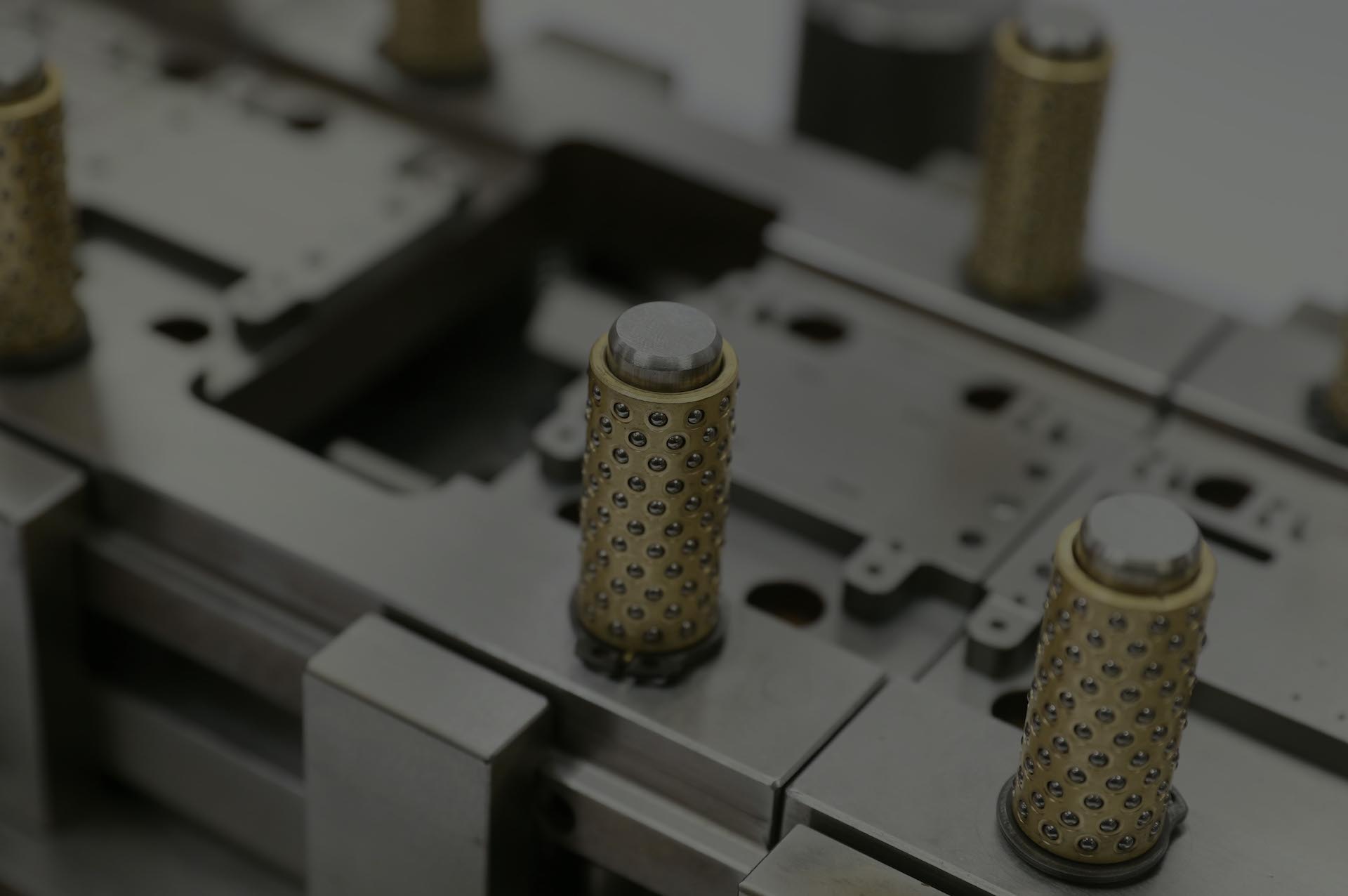Stamping Reliability Metrics: The Basics
Understanding and applying reliability metrics is crucial for ensuring the quality and consistency of stamped products.
Brands are choosing us to partner with them to bring innovate products to market quickly and cost effectively.
Working on a Prototype and need expert input, why not get in touch and talk with our experts.
When it comes to achieving precise results in metal stamping, effective design is key to success.
This concise guide offers crucial tips to enhance your stamping process, drawing from Batten & Allen's extensive expertise in design for manufacturing. So, let’s get started and uncover the most effective ways to enhance your design process, so you can achieve the best possible results in your final product.
Material Selection is a critical factor in the success of metal stamping projects.
The choice of material should strike a balance between strength, flexibility, and cost-effectiveness, tailored to the specific requirements of the end product. For instance, high-strength steel may be ideal for automotive components that require durability, while copper alloys - known for their excellent electrical conductivity - are often preferred in electronic applications. Additionally, the material's formability and compatibility with subsequent processes like welding or coating are essential considerations.
Selecting the right material not only ensures the functionality and longevity of the stamped part but also impacts the overall efficiency and cost of production. Batten & Allen's expertise in material science guides this selection process, ensuring that each material choice aligns perfectly with the intended application and manufacturing capabilities.
Design simplicity is a fundamental principle in metal stamping that significantly influences the efficiency and cost-effectiveness of the production process.
By aiming for simplicity in design, manufacturers can reduce the complexity of stamping operations, which in turn minimises the likelihood of errors and the need for costly, intricate tooling. A simpler design often translates to easier and faster production, reducing overall manufacturing costs - however, this pursuit of simplicity must be balanced with the need to maintain the functionality and performance of the stamped part.
Effective design simplification involves streamlining the component's features without compromising its essential characteristics or its ability to perform its intended function in the final assembly. This approach not only optimises the manufacturing process but also enhances the reliability and quality of the final product.
Tolerance precision in metal stamping is a critical aspect that directly impacts the functionality and interoperability of the final product.
Accurate specification of tolerances – the permissible limits of variation in the dimensions of a stamped part – is essential to ensure that each component fits perfectly within its intended assembly.
Precise tolerances are crucial for parts that must interact seamlessly with other components, particularly in complex machinery or electronic devices. However, it's important to avoid over-engineering by specifying tighter tolerances than necessary, as this can lead to increased production costs and complexity.
Striking the right balance in tolerance precision ensures that parts meet functional requirements without incurring unnecessary manufacturing expenses. This approach not only optimises the fit and function of the components but also contributes to the overall efficiency and cost-effectiveness of the stamping process.
Tooling considerations play a pivotal role in the longevity and efficiency of the metal stamping process.
When designing stamped parts, it's crucial to consider the impact of the design on the tooling used. Designs that are tooling-friendly can significantly minimise wear and tear on the stamping dies, thereby extending their life and reducing the need for frequent replacements or maintenance. This involves creating designs that avoid unnecessary stress on the tooling, such as extreme angles or overly intricate details that can strain the dies.
By considering the capabilities and limitations of the stamping tools during the design phase, manufacturers can create more durable dies and tooling setups. This not only enhances the lifespan of the tooling but also ensures consistent quality in stamped parts over longer production runs.
Thoughtful tooling considerations ultimately lead to cost savings and increased productivity, as well-maintained tooling requires less downtime and yields higher-quality outcomes.
Surface finish requirements are an essential consideration in the design phase of metal stamping, as they significantly influence both the aesthetics and functionality of the final product.
Early integration of surface finish considerations into the design process ensures that the desired finish is achievable and cost-effective. This involves understanding how different finishing techniques - such as polishing, plating, or coating - will interact with the material and shape of the stamped part.
For instance, a complex design might pose challenges for uniform electroplating, or certain materials may require specific finishing methods to achieve the desired appearance or texture. By anticipating these requirements, designers can make informed decisions about the geometry and material of the part to facilitate the intended surface finish.
This proactive approach not only guarantees that the final product meets aesthetic and functional standards but also helps in avoiding costly redesigns or modifications later in the production process. Considering surface finish requirements from the outset is, therefore, integral to ensuring the feasibility, quality, and cost-effectiveness of stamped components.
By incorporating these design tips, you can significantly improve the efficiency and quality of your metal stamping projects, ensuring products that meet both technical and commercial expectations.
At the heart of Batten & Allen’s service lies a full-service approach, where collaboration with customers is key to understanding and fulfilling their unique needs. This is baked into every part of the process, from design to manufacture. For more information, contact our experts today.
Learn more about mastering metal stamping in our comprehensive guide.

Understanding and applying reliability metrics is crucial for ensuring the quality and consistency of stamped products.

Built to last, our high accuracy, precision tooling is all designed and built in house. With a fully equipped toolroom we manufacture and design...

Introduction In the fast-paced and ever-evolving electronics industry, the demand for precision and reliability in component manufacturing is a top...